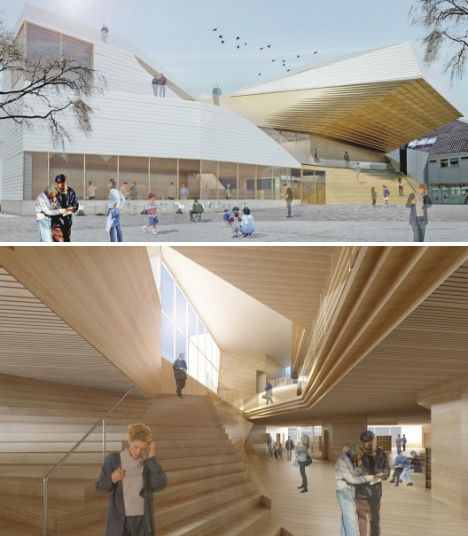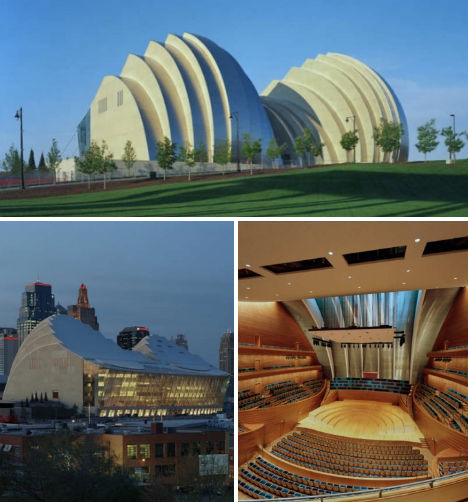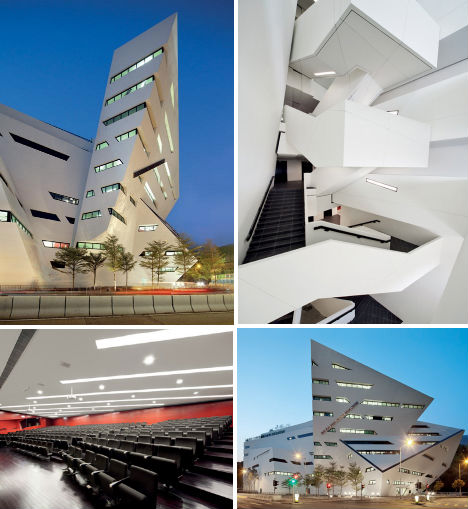ERIC TOMASOA
MY IDEA DESIGN & THE DESIGN HAS MOTIVED ME.....
Translate
Wednesday, October 23, 2013
Arsitektur dekonstruksi
Arsitektur dekonstruksi merupakan suatu
pendekatan desain bangunan yang merupakan usaha-usaha percobaan untuk
melihat arsitektur dari sisi yang lain. Derrida mengembangkan konsep
dekonstruksi kedalam berbagai eksperimen yang mengekspresikan ciri
kebebasan retorikal atas struktur komposisi formal. Pandangan
dekonstruksi lahir dari suatu atmosfir yang berlandaskan pada konsep
“filosofi-anti kemapanan”.
Ciri-ciri Arsitektur Dekontruksi :
- Penampilan bidang-bidang simpang siur
- Garis-garis yang tidak beraturan
- Keseluruhan struktur seperti runtuh
-
Dekonstruksi membawa bentuk-bentuk geometri yang cenderung berbentuk
“aneh”. Hal ini disebabkan oleh adanya pembatasan penerimaan keabsolutan
terhadap keaslian bentuk-bentuk geometri yang selama ini dikenal.
Flekkefjord Cultural Center, Norway

(images via: archdaily)
Recently approved for construction on the waterfront in southern Norway is the Flekkefjord Cultural Center. Helen & Hard architects have designed a soaring white-and-wood structure that incorporates a theater hall, cinema, gallery, library, youth club and cultural school. Each of the functions of the center were divided into four individual “houses” that are connected by a continuous stairway and numerous gathering spaces.Kaufman Center for the Performing Arts, Missouri

(images via: archdaily)
Designed by a architect Moshe Safdie, the Kaufman Center for the Performing Arts is a dramatic addition to the skyline of Kansas City, Missouri. Twin shell-like performance halls host cultural events like symphony, ballet, opera and theater, each with a 180-degree view of the horizon and the historic warehouse district. Says Safdie, “Each hall reads as a distinct volume; metaphorically evoking a musical instrument and visible through the glass shell. As the natural light changes, so does the building’s transparency, reflecting the structure’s surroundings and, at the same time, hinting at its interior. At night, the entire building becomes inverted, displaying all of its interior activities to the community outside.”Run Run Shaw Creative Media Center, Hong Kong

(images via: dezeen)
The City University of Hong Kong has a new media center designed by Daniel Libeskind, which will be opening in October 2011. The Run Run Shaw Creative Media Center houses theaters, labs and classrooms for the school’s computer engineering and media technology departments. Jutting geometric volumes characterize the exterior, and the interior is similarly dynamic in black, white and red.
Subscribe to:
Posts (Atom)